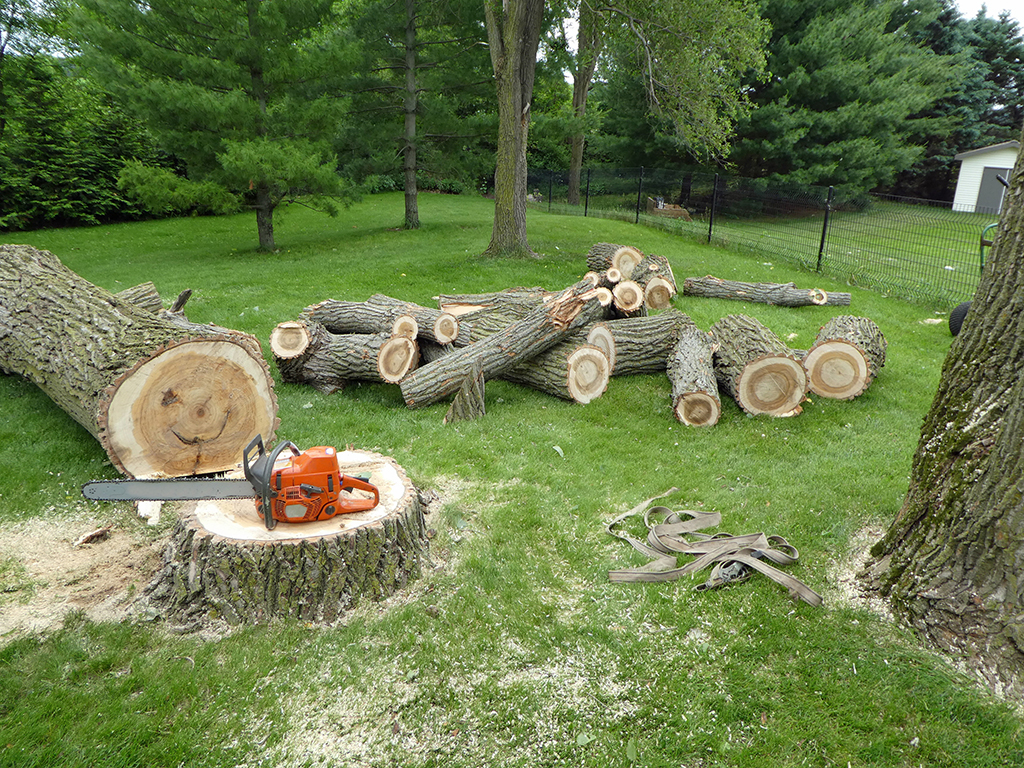Storms can wreak havoc on trees, causing extensive damage and posing a risk to both property and safety. Understanding the common types of storm damage to trees and knowing how to assess the situation is crucial for homeowners and arborists alike. In this article, we will explore the various ways in which storms can damage trees and provide guidance on how to evaluate the extent of the damage.
1. Broken or Uprooted Branches
One of the most common types of storm damage to trees is broken or uprooted branches. High winds and heavy rain can cause weak or diseased branches to snap off or be completely torn from the tree. In some cases, entire limbs or sections of the tree can be uprooted, leaving a significant gap in the canopy. If you want to know more about storm damage tree services you may visit https://www.njtreecare.com/.

Image Source: Google
2. Leaning or Bent Trees
Another common consequence of strong storms is trees that lean or bend due to the force of the wind. This type of damage can be particularly dangerous, as the tree may be at risk of falling over completely. It is important to assess the stability of the tree and take appropriate action to mitigate the risk.
3. Split Trunks or Cracked Bark
Storms can also cause significant damage to the trunk of a tree, leading to split trunks or cracked bark. This type of damage weakens the tree's structure and can make it more susceptible to disease and pests.
4. Root Damage
Storms can also impact the root system of trees, causing damage that may not be immediately visible. High winds and heavy rain can loosen the soil and cause the roots to become exposed or even uprooted. This type of damage can weaken the tree's stability and overall health.